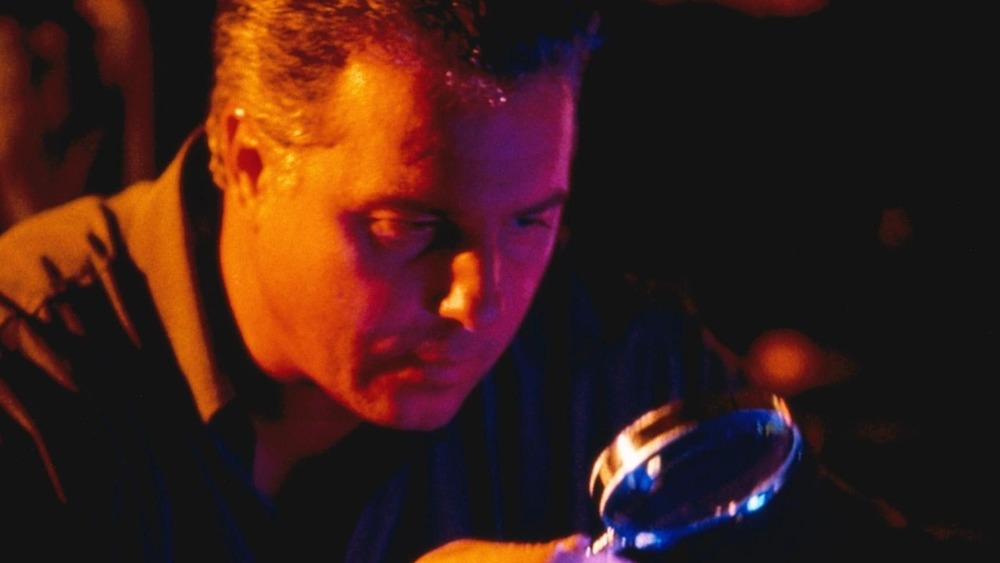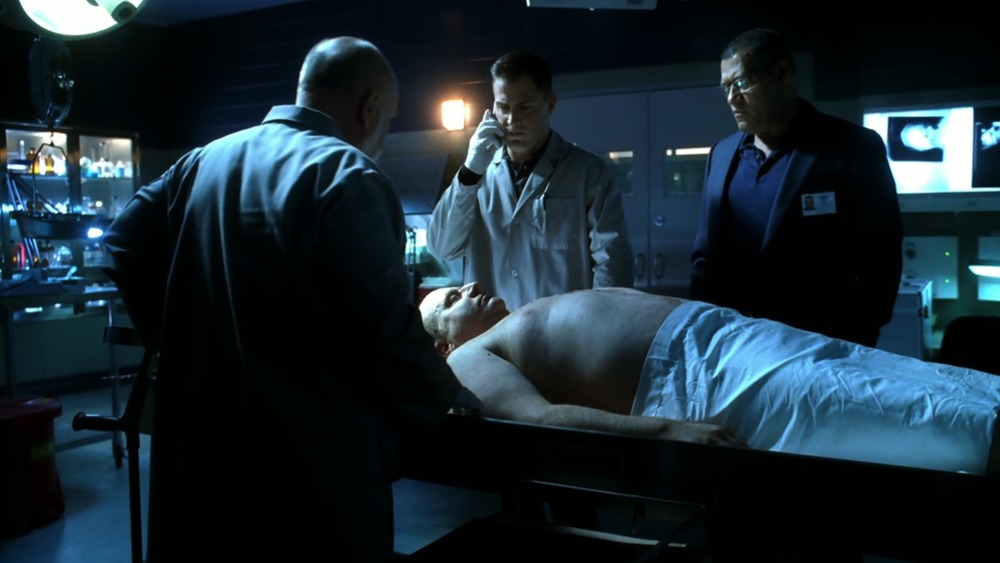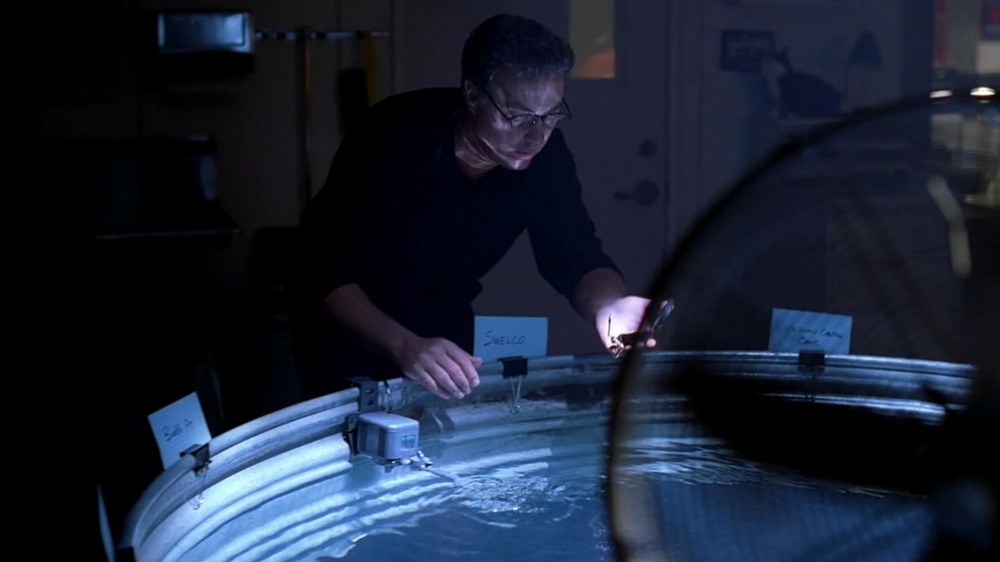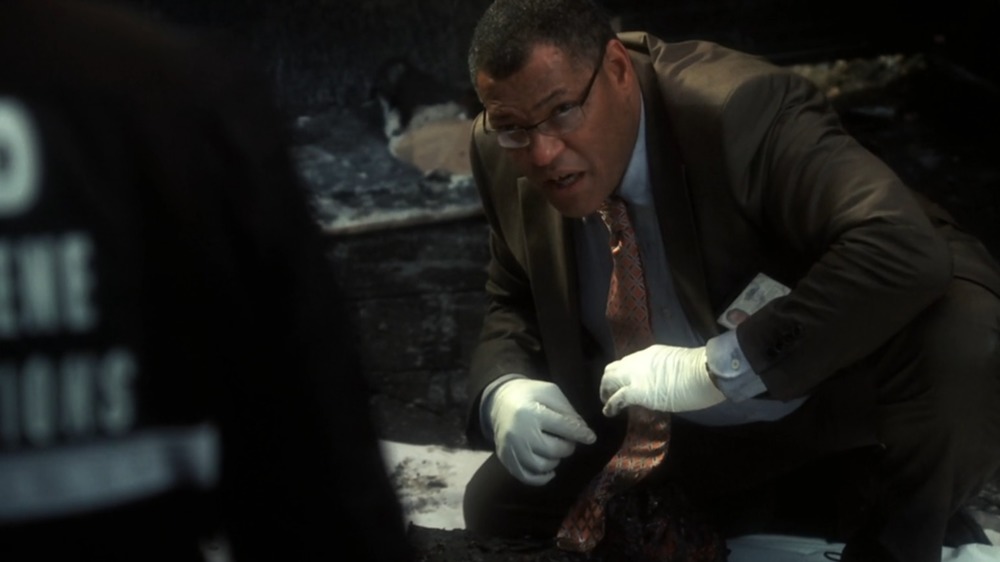Everything CSI Gets Wrong About Forensics
While it may no longer be dominating primetime, there's no denying that the CSI franchise is one of the most influential crime procedurals of all time. The original CSI set itself apart from similar shows of the time like NYPD Blue and Law & Order by focusing on the specially-trained criminalists whose job it is to analyze crime scene evidence.
However, CSI didn't always get things right in its depiction of forensic analysis. In fact, it often totally missed the mark when it came to some of the more important elements of the job. The series clearly heightened the actual duties of criminalists in order to create a compelling TV show, but for someone who actually works in the field, it's hard to ignore some of the more glaring errors.
For our own investigation into CSI, Looper reached out to criminologist Jennifer Shen, the former head of the San Diego Police Department crime lab. In her estimation, "Although CSI captures the excitement of forensic science, it does so by either exaggerating its capabilities, or conflating the roles of investigator and scientist."
Here are some of the aspects of forensics that CSI didn't get right.
In real life criminalists are mostly kept separate from the investigations
According to Shen, one of the biggest blunders CSI made is its depiction of exactly what the role of a crime scene investigator actually is. "CSI's tendency to use the criminalists as sounding boards for investigative theories makes it appear the criminalist is part of the investigative team," she says. "While crime scene personnel are utilized to capture the evidence, both physically and in photographs, that is where the investigation stops for them."
While it may seem helpful to have those criminalists on hand to give their theories, Shen describes how it can create "potential issues of impartiality." She uses the example of DNA analysis, noting that often, people working in forensics must make subjective inferences about the evidence they are working with. As Shen points out, "If that analyst knows that the entire case rests upon this one piece of evidence, and they know the details of the crime, might they be tempted to be more liberal in their interpretation?"
She goes on to explain: "This 'implicit bias' is something labs have been struggling with, and procedures preventing bias are now mandated. Often these involve shielding the scientists entirely from information about the crime, the evidence, or the victim and/or suspect."
The sky isn't actually the limit when it comes to forensics
The issues with CSI's accuracy don't stop at how involved the criminalists are in the investigations at hand. It applies its same "this will look cool on TV" mentality to the actual investigative work they do, as well.
Shen uses the example of an investigation from the season 1 episode "Pledging Mr. Johnson." While trying to locate a boat belonging to a woman who washed up dead on the shores of Lake Mead, Gil Grissom (William Petersen) uses a large tub of water and some strategically placed fans and engines to simulate the currents of the lake, giving him an idea of where the boat would have drifted. This is an incredibly cool method, but according to Shen, it's too showy to be believed.
Shen calls the model lake "a good example of taking a vague theory and turning it into an interesting but unlikely, if not impossible, forensic adventure." She goes on to add, "Crime laboratories do not have personnel trained in this sort of thing, do not have the resources to build a large hydro-model, and the variables not accounted for in this scenario are unending."
The CSI characters don't dress for success
Another big problem with the way CSI translates the job from the real world to the TV world is the clothing worn by the characters on the show. "I always am struck by the clothes the crime scene personnel wear to scenes," Shen says. "Heels? Designer clothes? Low cut tops?"
The issue here is one of practicality. According to Shen, "Probably 90% of crime scenes are places in which you do not want anything to touch your skin. You do not want to fall, slip, lean on, or in any way come into contact with the environment around you."
Wearing a pair of designer heels or a silk tie to a crime scene looks chic on TV, but in real life, it would lead to nothing but misery and soiled garments. Shen explains, "Crime scenes can last hours to days, be in rough terrain, and are often rife with blood, maggots, flies, fleas, decomposition fluids, and other unpleasantness. No designer clothes. Ever."
All in all, there is a lot that CSI embellishes when it comes to actual forensics. And if you think we're picking on them too much, just wait until you read how wrong they got things over at NCIS.



